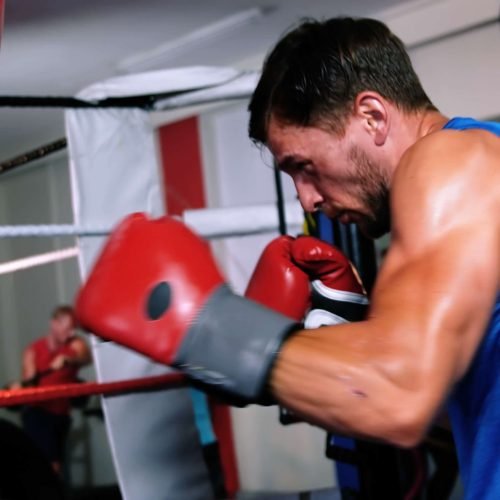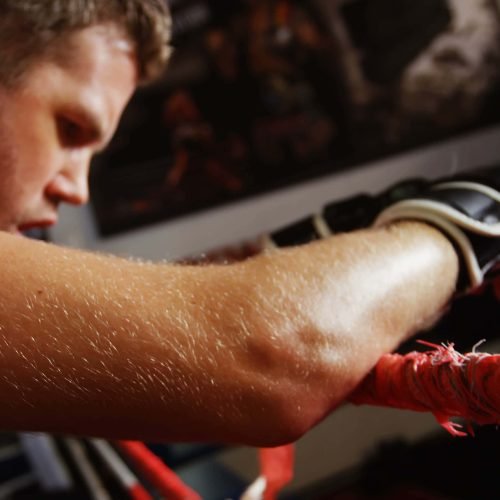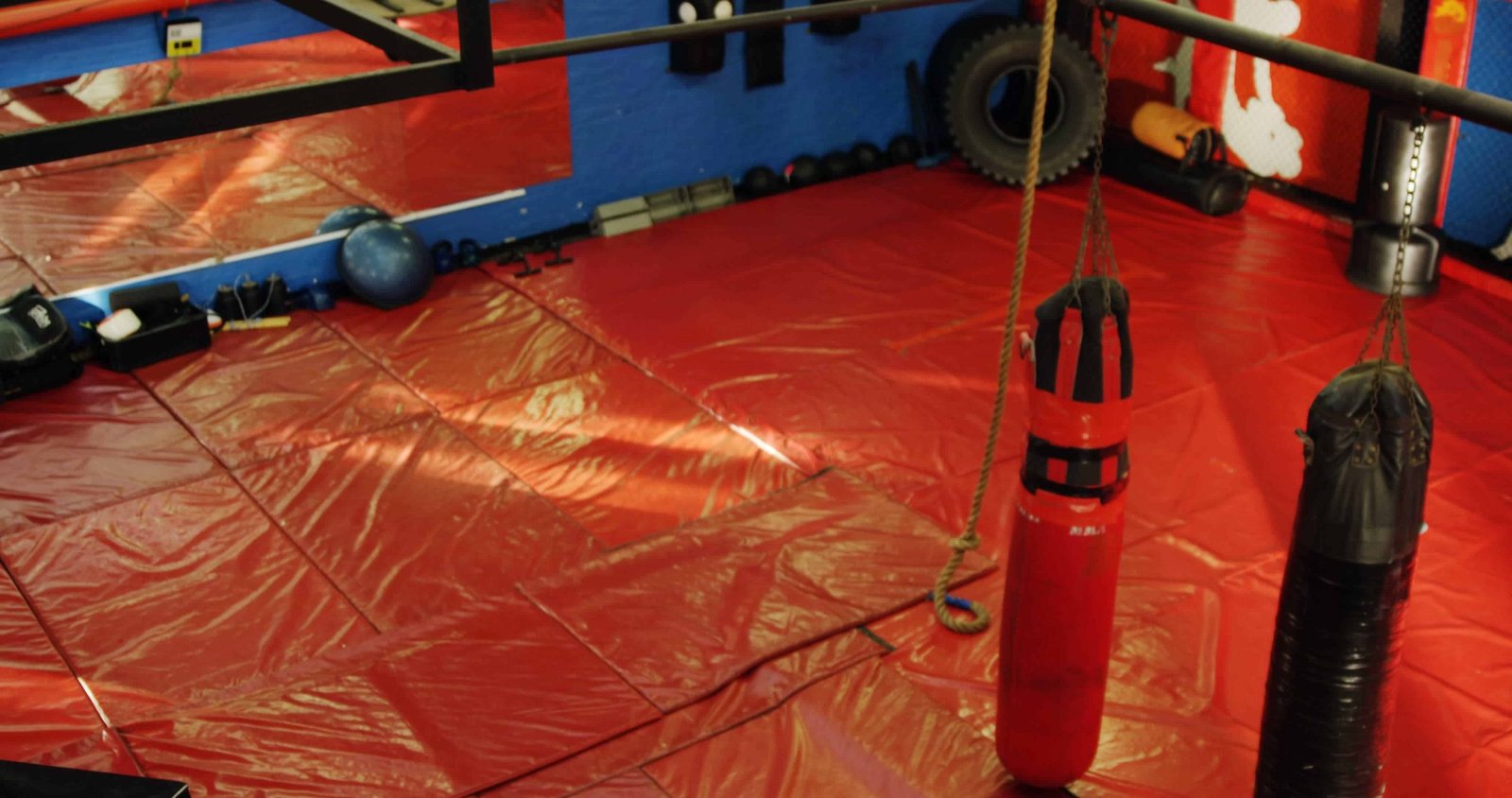Improving your boxing reaction time can transform your performance in the ring. Whether you’re dodging a jab or landing a precise counter, quick reflexes give you an undeniable edge. But how can you improve your boxing reaction time effectively? The answer lies in a combination of techniques, drills, and mental focus designed to sharpen your instincts and elevate your game.
In this guide, we’ll explore the essentials of reaction time, starting with timing your opponent. Understanding their rhythm and mastering controlled breathing are just some of the strategies you’ll discover. Next, we’ll dive into improving focus, highlighting practical tools like focus mitt training and mindfulness techniques to enhance your concentration. Finally, you’ll learn how to refine your timing through footwork coordination, counterpunching drills, and rhythm disruption.
By the end of this article, you’ll have a clear roadmap to improve your reflexes and elevate your boxing skills. Ready to take your training to the next level? Let’s dive in and uncover the secrets to faster reactions and sharper timing.
Moreover, for more tips on maintaining peak performance and recovery, check out our Athlete Care Tips page.
How Do You Time Your Opponent in Boxing?
Timing your opponent in boxing is a skill that requires observation, practice, and strategic thinking. By understanding your opponent’s rhythm, you can anticipate their punches and movements, giving you a clear advantage. This approach involves studying their patterns during sparring sessions and recognizing predictable habits that you can exploit. But how can you improve your boxing reaction time to master this skill?
Incorporating reaction-based drills is an excellent way to sharpen your reflexes. For instance:
- Catch a dropped tennis ball: This trains your eyes and hands to respond quickly.
- Practice feints: Throw subtle fake punches to study your opponent’s reactions and create opportunities for counterattacks.
Additionally, controlled sparring is essential for improving timing. Focus on observing openings rather than landing heavy punches, as this helps refine your precision. To stay composed under pressure, controlled breathing is another crucial technique. A relaxed state keeps you responsive and reduces delays in your reactions.
Mastering these strategies can significantly enhance your performance and is key to answering the question, how can I improve my boxing reaction time.

How Can I Improve My Boxing Focus?
Improving your boxing focus is essential for staying sharp and reacting quickly during fights. A clear mind allows you to anticipate your opponent’s moves and execute your strategy effectively. But how can I improve my boxing reaction time while maintaining focus? The answer lies in combining mental training with targeted exercises.
Mindfulness techniques, such as meditation or controlled breathing, can help enhance mental clarity, reducing distractions in high-pressure moments. Incorporating focus mitt training with a partner or coach is another effective method. This dynamic exercise simulates real fight scenarios, sharpening both accuracy and concentration.
To build mental discipline, shadowboxing with intent is invaluable. Visualize an opponent and plan responses, improving your ability to stay present in the moment. Additionally, eye-tracking exercises like working with a double-end bag train your focus on fast-moving targets, crucial for improving reaction time. Finally, minimize distractions by replicating fight conditions during training. These strategies collectively ensure you maintain a laser-sharp focus in the ring.

How to Improve Timing in Boxing
Mastering timing in boxing is essential to outmaneuver opponents and land precise punches. But how can I improve my boxing reaction time to achieve better timing? It starts with refining both your technique and strategy.
Footwork coordination is a key element. By synchronizing your punches with precise footwork, you can create angles that leave your opponent exposed. Counterpunching practice is equally important, allowing you to capitalize on openings by timing your strikes immediately after your opponent’s move. To further enhance your timing, consider the following drills:
- Rhythm disruption: Use unpredictable patterns and combinations to confuse your opponent and gain a strategic edge.
- Speed vs. precision training: Alternate between speed-focused drills and accuracy exercises to strike the perfect balance.
- Bag work variations: Practice on heavy bags, speed bags, and double-end bags to simulate diverse fight scenarios and develop consistent timing.
Combining these techniques not only improves timing but also sharpens your reaction time, giving you the confidence to perform at your best in the ring.

